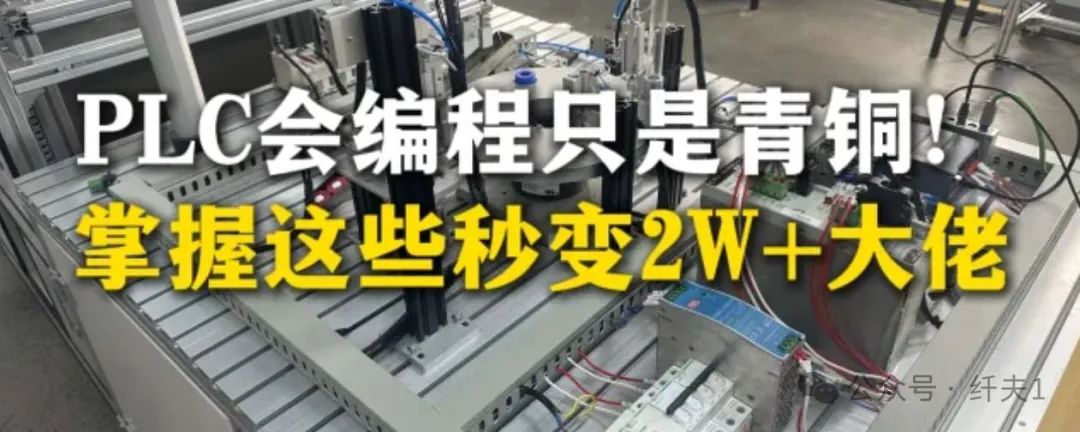

PLC Smart Factory: Overall Planning for Digital Transformation, Achieving a 60% Increase in Production Efficiency!
Estimated reading time: 8 minutes | Practical value: Digital transformation solutions
>
Are you facing the following challenges?
– Low automation level in factories, high labor costs?
– Inability to monitor production data in real-time, leading to low decision-making efficiency?
– Insufficient equipment utilization, serious capacity waste?
– Difficulty in quality control, hard to improve product qualification rates?
⚠️ Industry Pain Points
- 1. Low automation level in traditional factories, high dependence on manual labor, limiting production efficiency
- 2. Difficulties in equipment interconnectivity, widespread data silos
- 3. Outdated production management methods, unable to meet smart manufacturing demands
🎯 Key Points of This Article
- 1. Overall planning scheme for smart factories
- 2. PLC network integration solutions
- 3. Specific implementation steps for improving production efficiency
▎ Step 1: Top-Level Design of Smart Factory
Develop a comprehensive digital transformation blueprint, clarify goals and implementation paths, and establish a phased rollout plan.
📋 Key Operations:
- Conduct current status assessment and needs analysis
- Develop an overall plan for intelligent transformation
- Design the PLC control system architecture
💡 Expert Tip: It is recommended to adopt aregional and phased implementation strategy to reduce project risks
▎ Step 2: Building the PLC Network System
Construct a PLC control network based onIndustrial Ethernet to achieve equipment interconnectivity and data sharing.
📋 Key Operations:
- Select appropriate PLC controllers
- Build industrial network infrastructure
- Achieve unified device communication protocols
⚠️ Note: Network security protection must be planned simultaneously to prevent potential risks
▎ Step 3: Data Collection and Monitoring System
Establish areal-time data collection and monitoring platform to achieve visual management of the production process.
📋 Key Operations:
- Deploy sensor networks
- Configure data collection parameters
- Build SCADA monitoring systems
▎ Step 4: Intelligent Analysis and Optimization
Utilizeartificial intelligence algorithms to achieve production process optimization and predictive maintenance.
📋 Key Operations:
- Establish data analysis models
- Implement predictive maintenance
- Optimize production scheduling
📊 Practical Application
A certain automotive parts manufacturing company achieved the following results by implementing the PLC smart factory solution:
- Production efficiency increased by 62%
- Labor costs reduced by 45%
- Equipment utilization increased by 35%
❓ Troubleshooting
Q1: How to ensure system stability?
A1: Useredundant design, configure UPS power supply, and establish emergency plans
Q2: How to handle historical data?
A2: Usedistributed storage systems and establish data backup mechanisms
💻 Brand Compatibility Key Points
- Siemens S7 Series: Strong compatibility, suitable for large industrial projects
- Mitsubishi FX/Q Series: High cost-performance ratio, easy programming
- Rockwell CompactLogix: Good scalability, suitable for modular applications
📝 Summary
- 1. System planning should be comprehensive, considering long-term development needs
- 2. Network architecture should be stable to ensure reliable data transmission
- 3. Continuous optimization should be in place to maximize benefits